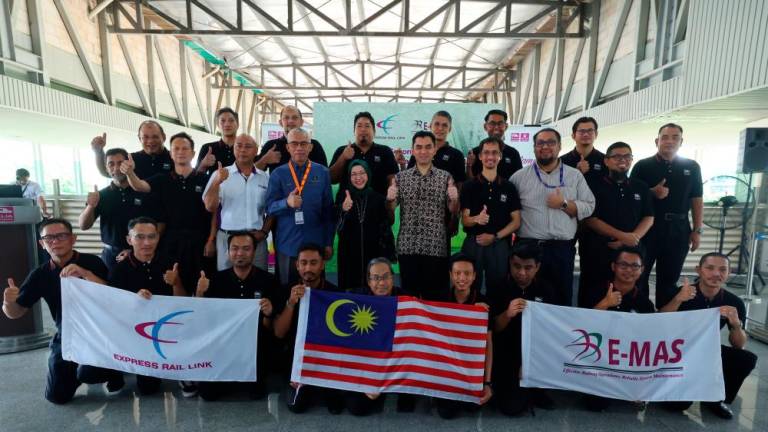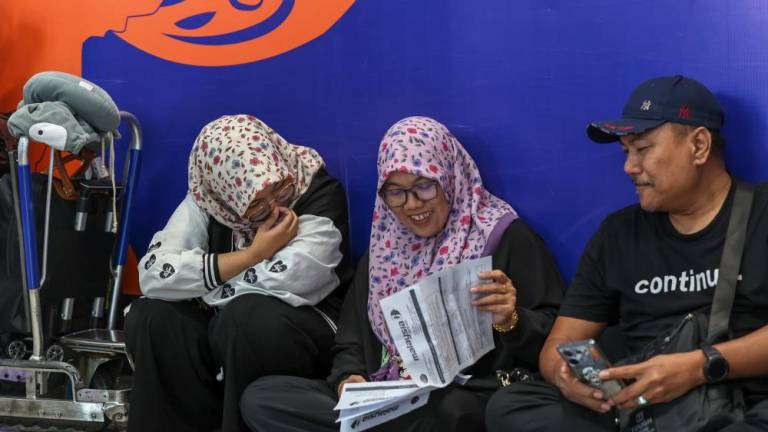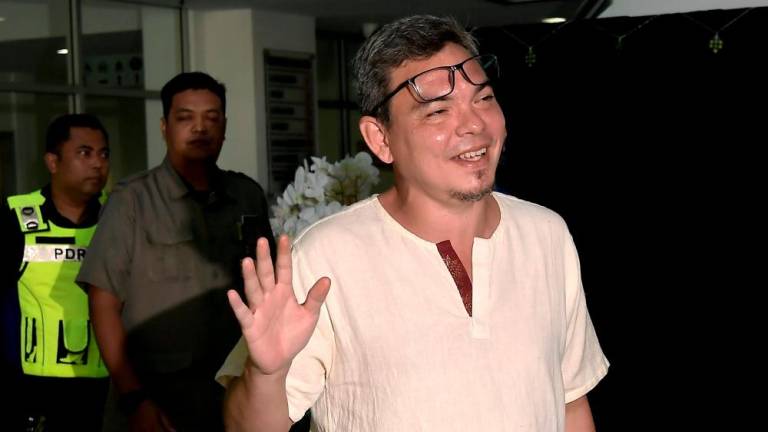KUALA LUMPUR: Malaysia needs to re-examine its methods of determining the poverty rate and poverty eradication programmes to ensure the success of its efforts to address the problem, especially in terms of the living standard.
In this regard, the set poverty rate should reflect the life of the community concerned so that the efforts made will really get them out of the vicious cycle of poverty.
An expert on consumption economics at Universiti Putra Malaysia (UPM), Prof Dr Laily Paim, said the issue of poverty has to be re-examined, in terms of its concept and benchmark.
“Failure to apply the right concept and a benchmark that is suitable for the country’s development can lead to failure of efforts to eradicate poverty and improve the standard of living of the people,” she told Bernama.
Without the right approach, policies formulated as well as programmes that were planned and implemented to eradicate poverty would just amount to a waste of the country’s resources, time and energy, she said.
Laily said many countries have moved from measuring uni-dimensional poverty, which only looks at income or consumption, to the multi-dimension method that also takes into account other aspects.
“The basic idea of multi-dimensional poverty (measurement) is the well-being of a household or individual, not only depending on income or consumption, but also on other dimensions or capabilities such as health, education and standard of living.
“The dimension of multi-dimensional poverty is more likely to understand long-term poverty, whereby indicators like education or assets are clearly a more reasonable assessment of poverty,“ she added.
The United Nations Special Rapporteur on poverty and human rights, Philip Alston, had said that Malaysia’s poverty rate of 0.4% in 2016 was unrealistic given its low benchmark.
For Alston, the actual poverty rate in Malaysia is about 15%.
Following that, Prime Minister Tun Dr Mahathir Mohamad was reported to have said that the government would use the Multi-Dimensional Poverty Index (MPI) to measure and monitor the poverty rate in Malaysia.
For Universiti Utara Malaysia (UUM) lecturer at the College of Law, Government and International Studies, Prof Dr Ahmad Marthada Mohamed, efforts to reduce poverty have been a key agenda of the government, with various initiatives carried out to address the problem.
However, now it requires a more rigorous and comprehensive strategy involving the urban and rural areas, he said.
He believes the government’s strategy of eradicating poverty through efforts to increase the income and purchasing power of the people, especially among the poor and low-income households, was apt, and lauded the proposal to raise the minimum wage from RM1,100 per month to RM1,200 per month in major cities in 2020.
He said although the amount was still insufficient to address the urban poverty problem, it was a starting point for Malaysia to move forward in defending the plight of workers.
He said access to existing incentives, such as entrepreneurship funds and skills training, should be made easier for the target groups so that they would benefit from government programmes.
Improving public transport facilities, access to health and home ownership also builds harmony and prosperity in households and helps to tackle the problem of hardcore poverty, he added. - Bernama













